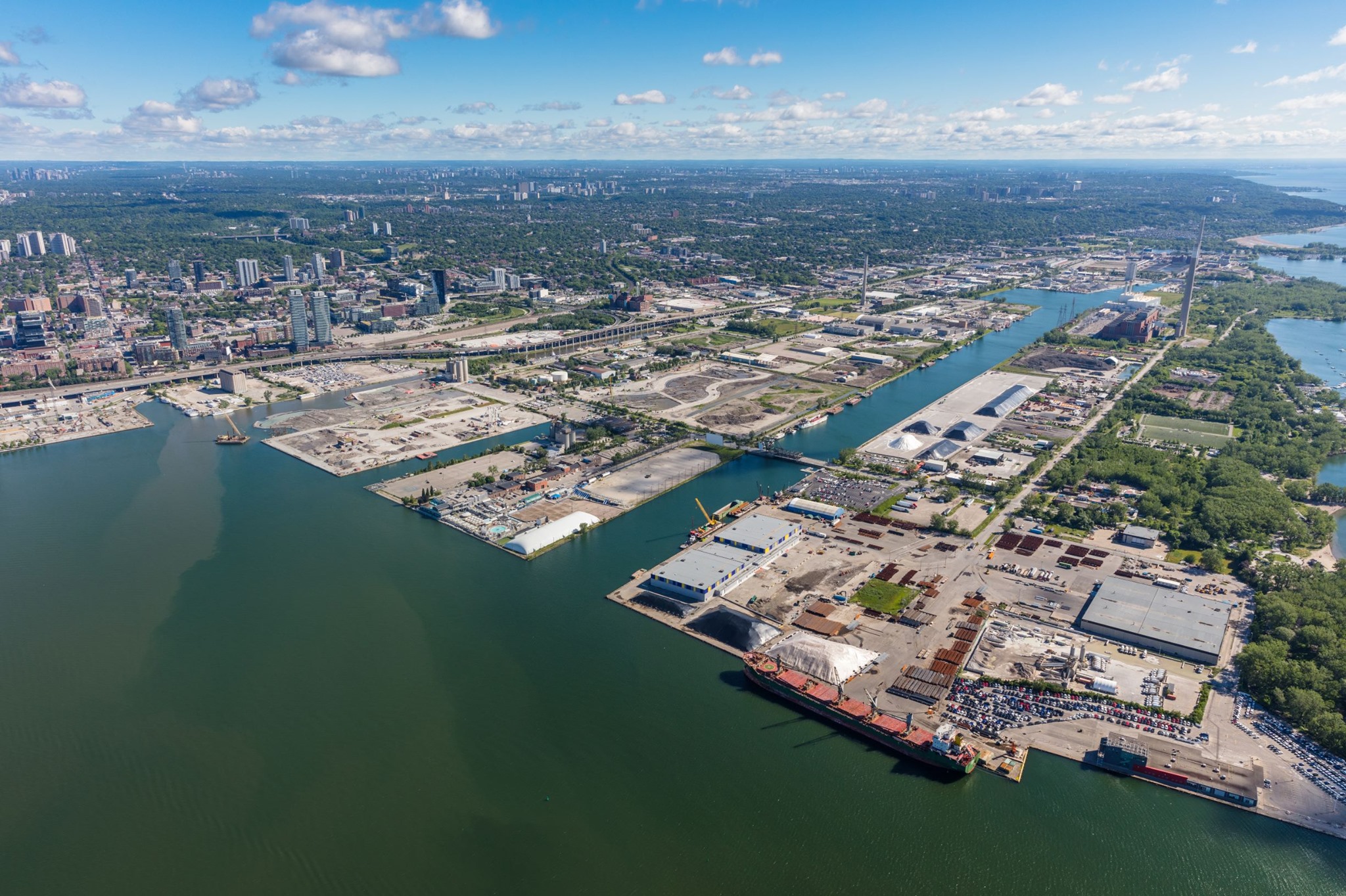20 per cent increase in cargo ships, 112 per cent increase in cruise ships and higher cargo loads leads to best year in 15 years for Port of Toronto
It was a record year for the Port of Toronto which moved 2.3 million metric tonnes of cargo in 2019, marking the highest recorded cargo levels in 15 years. In addition, the Port saw a record year in cruise ship activity as the number of cruise ships visiting Toronto more than doubled in 2019. This record year in both marine imports and cruise ship activity highlights the important role the Port plays in Toronto's economic infrastructure.

The number of ships visiting the Port of Toronto increased by nearly 20 per cent, with 213 ships visiting the Port of Toronto in 2019 versus 179 ships in 2018. Overall, the Port moved 2,297,029 metric tonnes of cargo, bringing road salt, sugar, cement, aggregate and steel directly into the city's core. With the Greater Toronto Area's construction industry showing no signs of slowing down, cement cargo imports increased by close to ten per cent with more than 656,000 metric tonnes delivered through the Port of Toronto last year.
The Port also recorded the highest salt cargo levels in nearly 15 years with more than 876,000 metric tonnes imported, while sugar cargo imports from Central and South America remained consistent with 2018 levels at approximately 572,000 metric tonnes. In addition, the Port saw steel products such as rebar, steel coils, steel plate, beam and mesh totalling more than 44,000 metric tonnes and recorded approximately 14,000 metric tonnes in warehousing storage.
In 2019, the Port of Toronto welcomed approximately 12,000 visitors to the city via 36 cruise ships, highlighting the importance of the ever-growing Great Lakes cruise ship business and the role it plays in contributing to the city's record-breaking tourism industry.
"From supplying salt for our roads, sugar for our food and beverage sector and essential supplies such as cement and steel to support the Greater Toronto Area's booming construction industry, the goods delivered through the Port of Toronto are part of an important supply chain that supports Canada's largest city," said Geoffrey Wilson, Chief Executive Officer, PortsToronto. "Additionally, the Port's cruise ship business continues to have a positive impact on tourism as more and more travellers are making their way through the Great Lakes and visiting Toronto. For more than 100 years, the Port of Toronto has served as Toronto's gateway to the St. Lawrence Seaway and to marine ports around the world. In 2020 and beyond, the Port will continue to provide Canadian and international businesses with a convenient, sustainable and cost-effective way to bring goods, and people, into the heart of the city."
Through its mixed-use facilities, the Port also plays a role in supporting Toronto's $2 billion film industry by providing a production hub for industry giants like Cinespace and Netflix. This complementary use is facilitated in parallel with traditional port operations and has proven to be successful in ensuring the full utilization of PortsToronto property.
In addition to its economic impact, increased imports through the port has a positive impact on the environment given the 2.3 million metric tonnes of cargo delivered by ship last year took approximately 54,000, 40-tonne trucks off Toronto's congested roads and highways.
Source: Port Toronto (Additional information about the Port of Toronto at CruiseMapper)